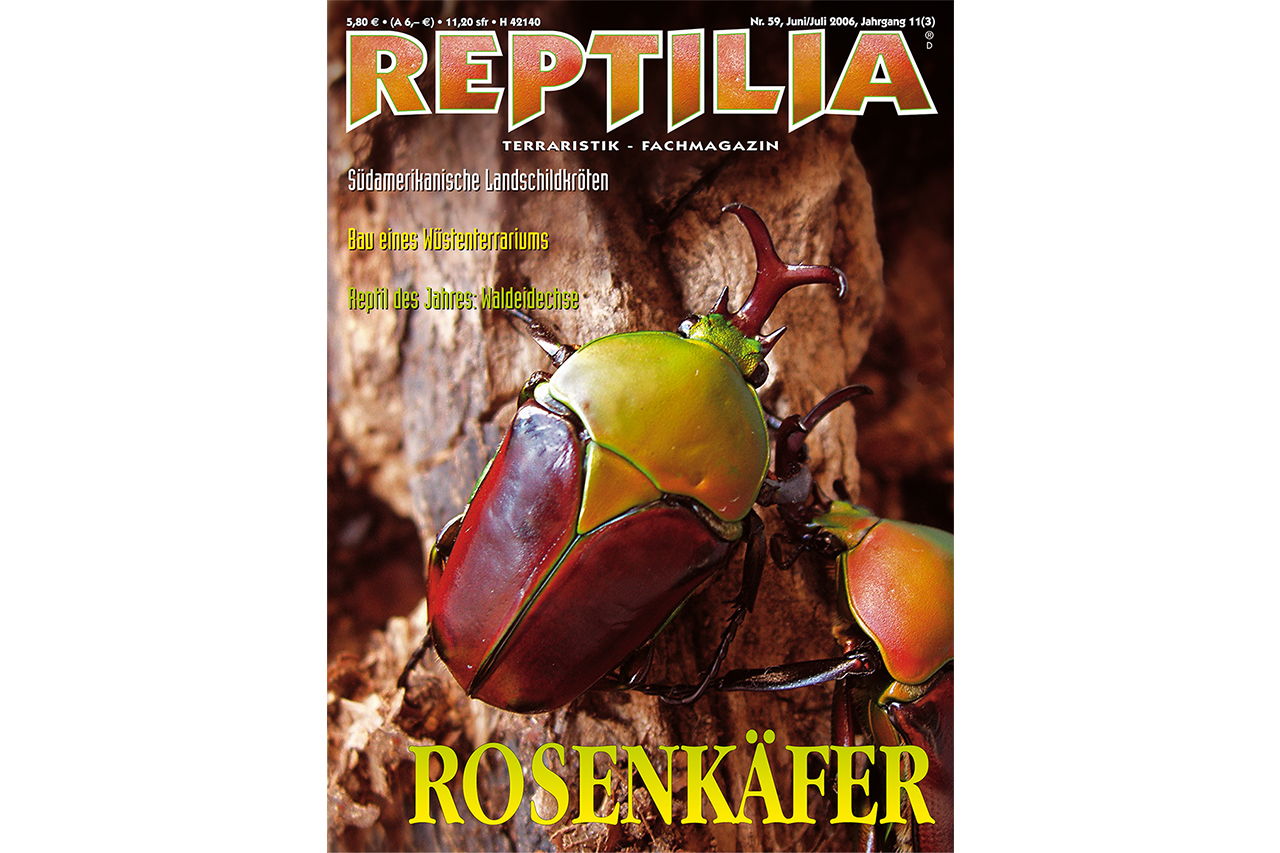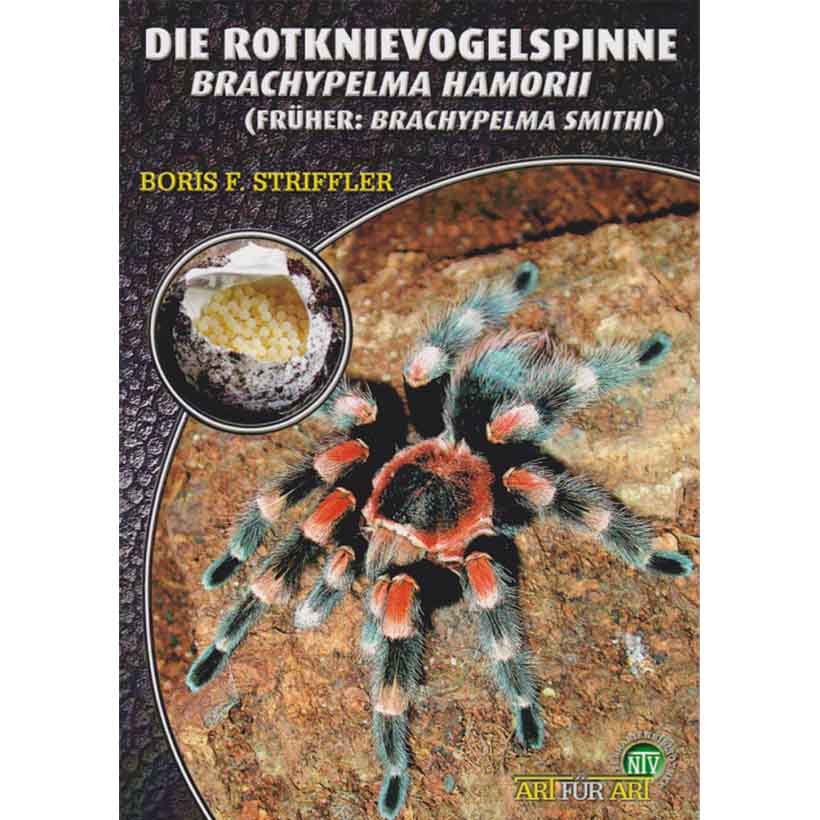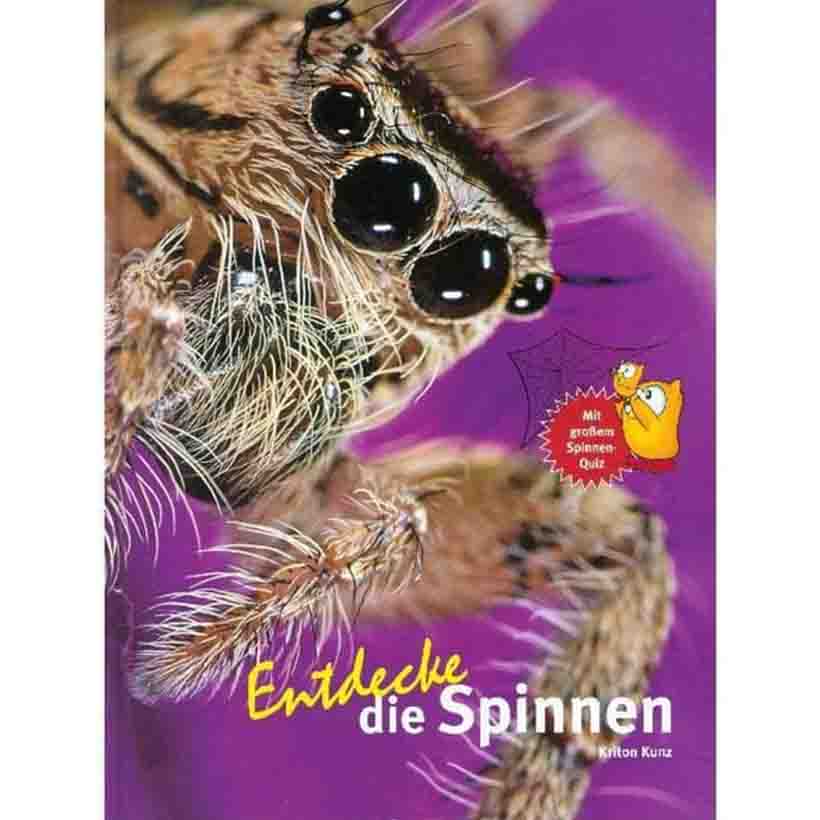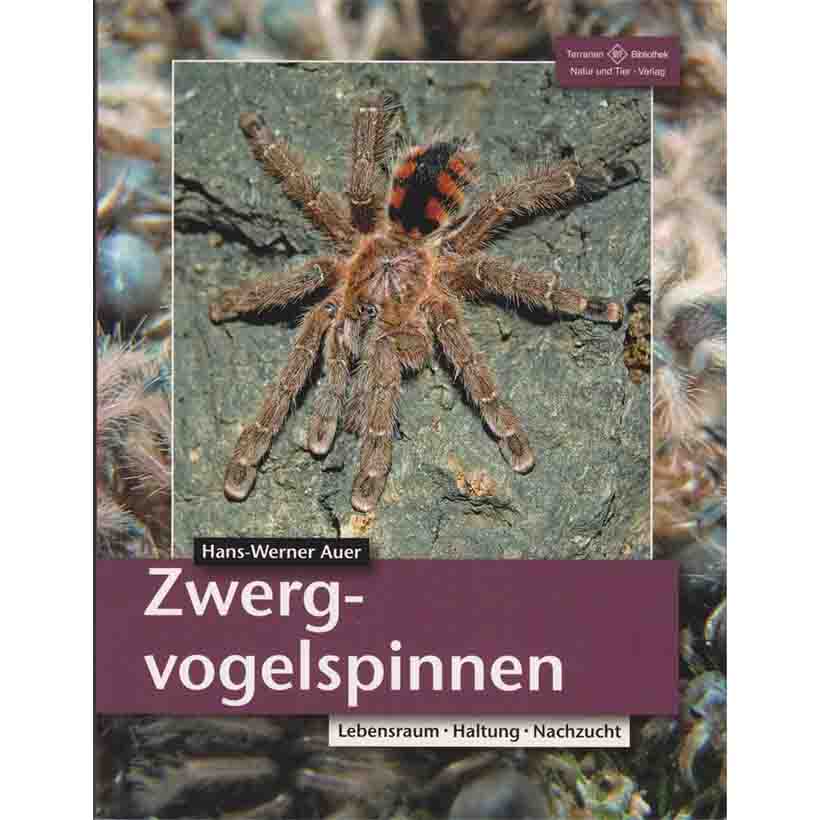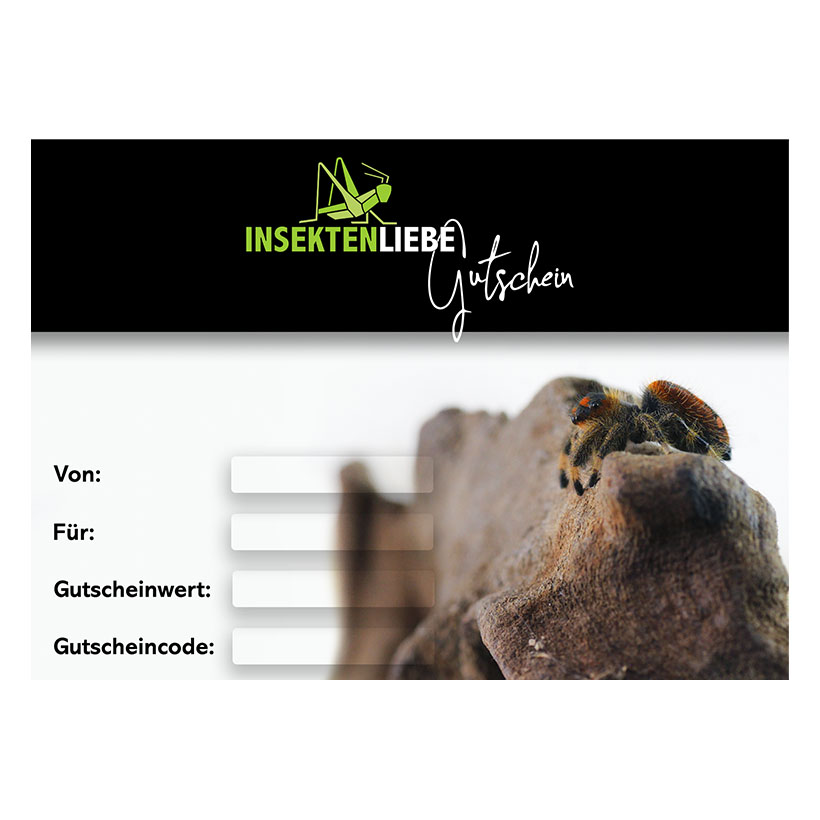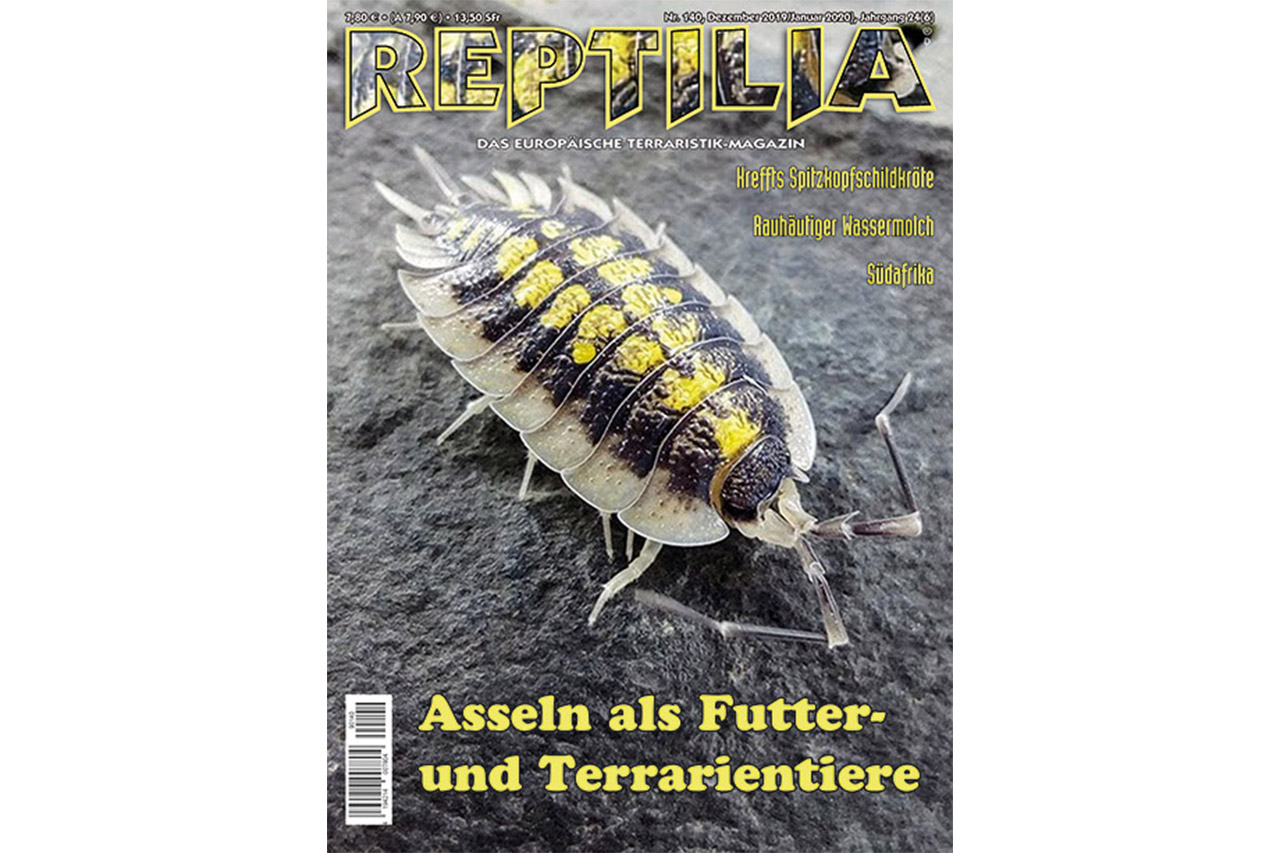Your cart is currently empty!
Rose chafer beetles, winged representatives of the insect order Coleoptera (beetles), form the family Cetoniidae within the superfamily Scarabaeoidea. Worldwide, more than 3,600 scientifically described species were already known in the 1980s…
